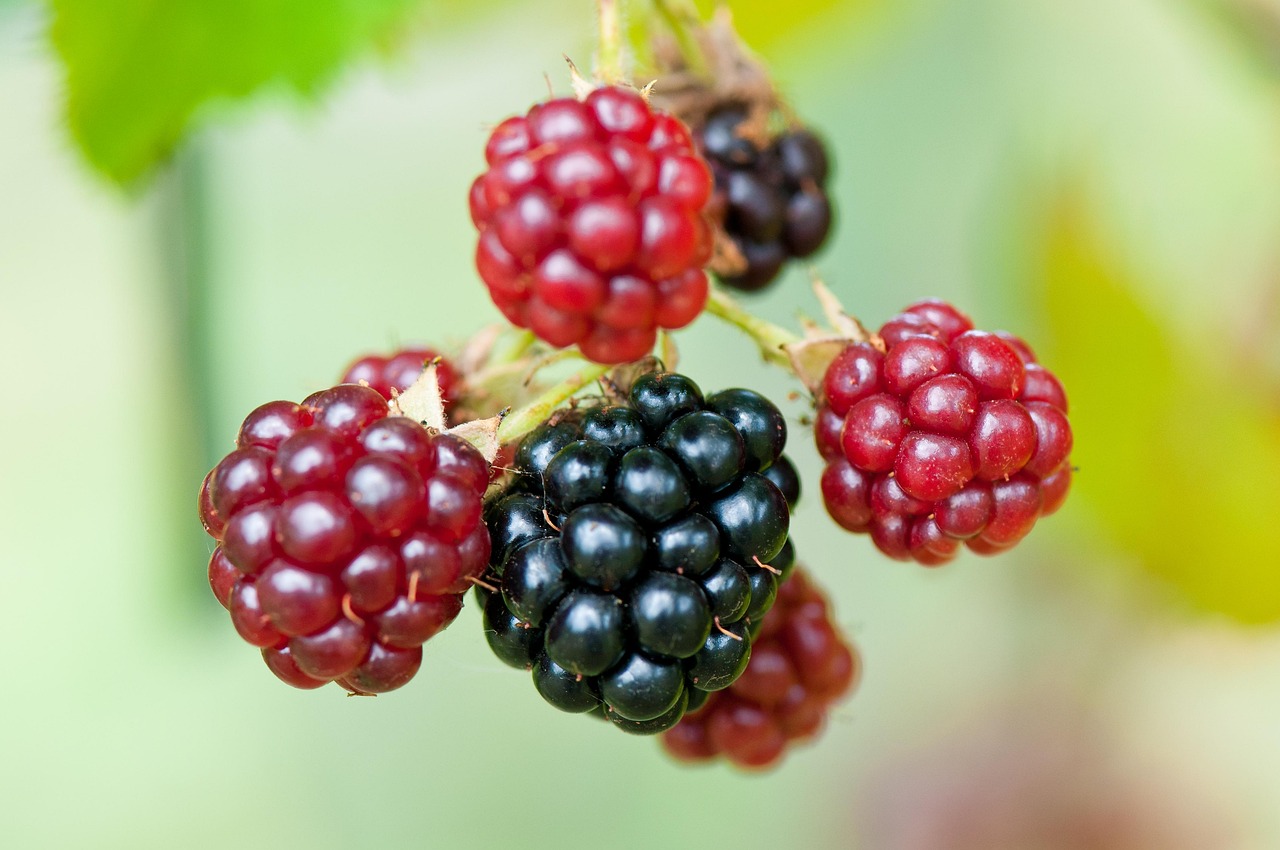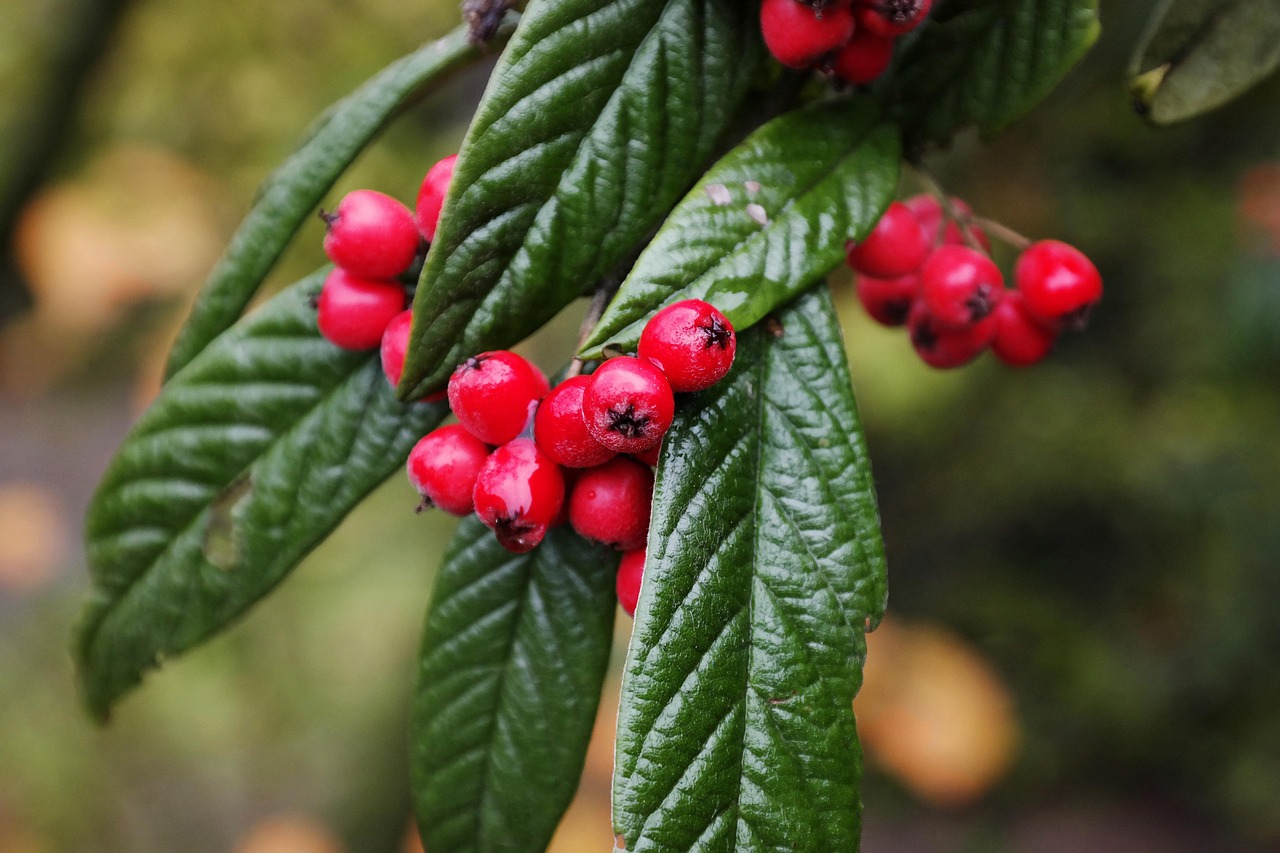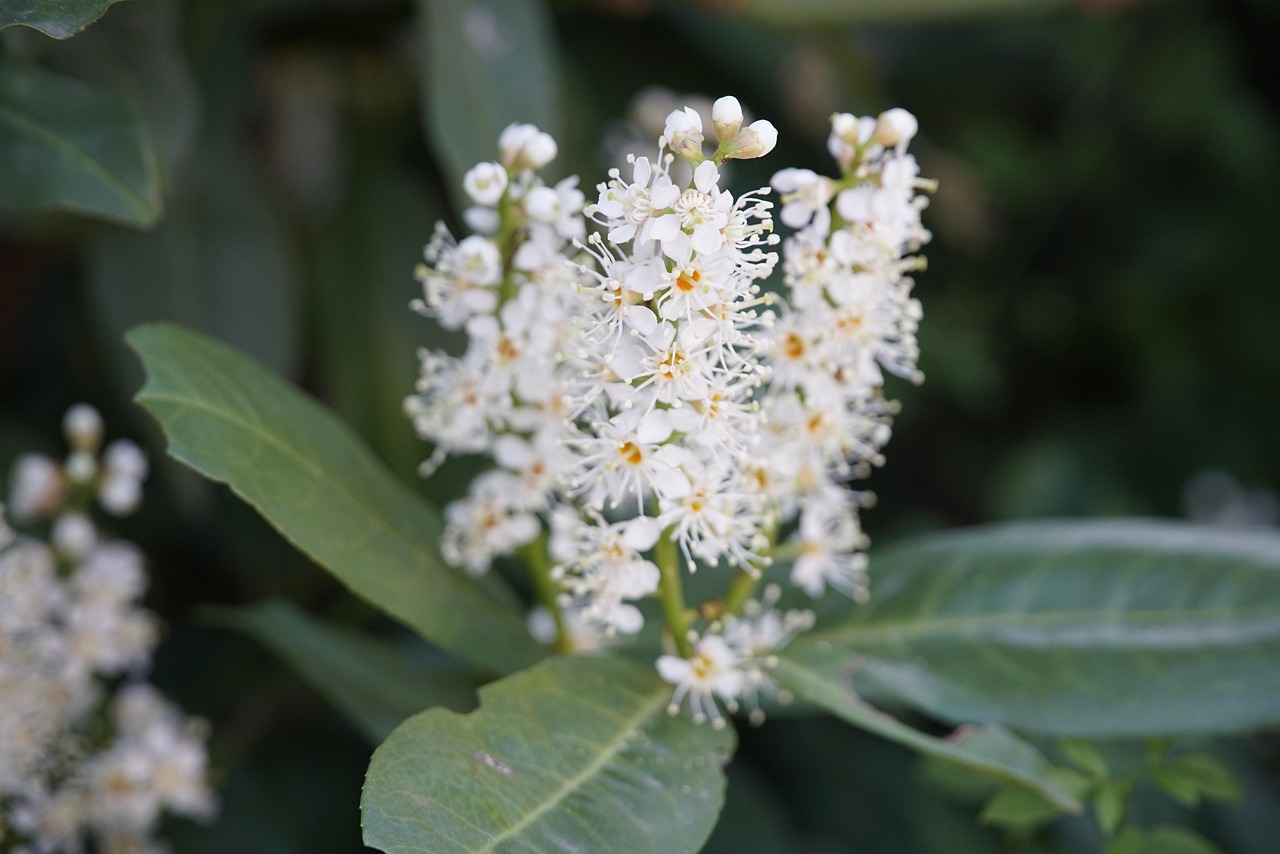Rose: Features and Care
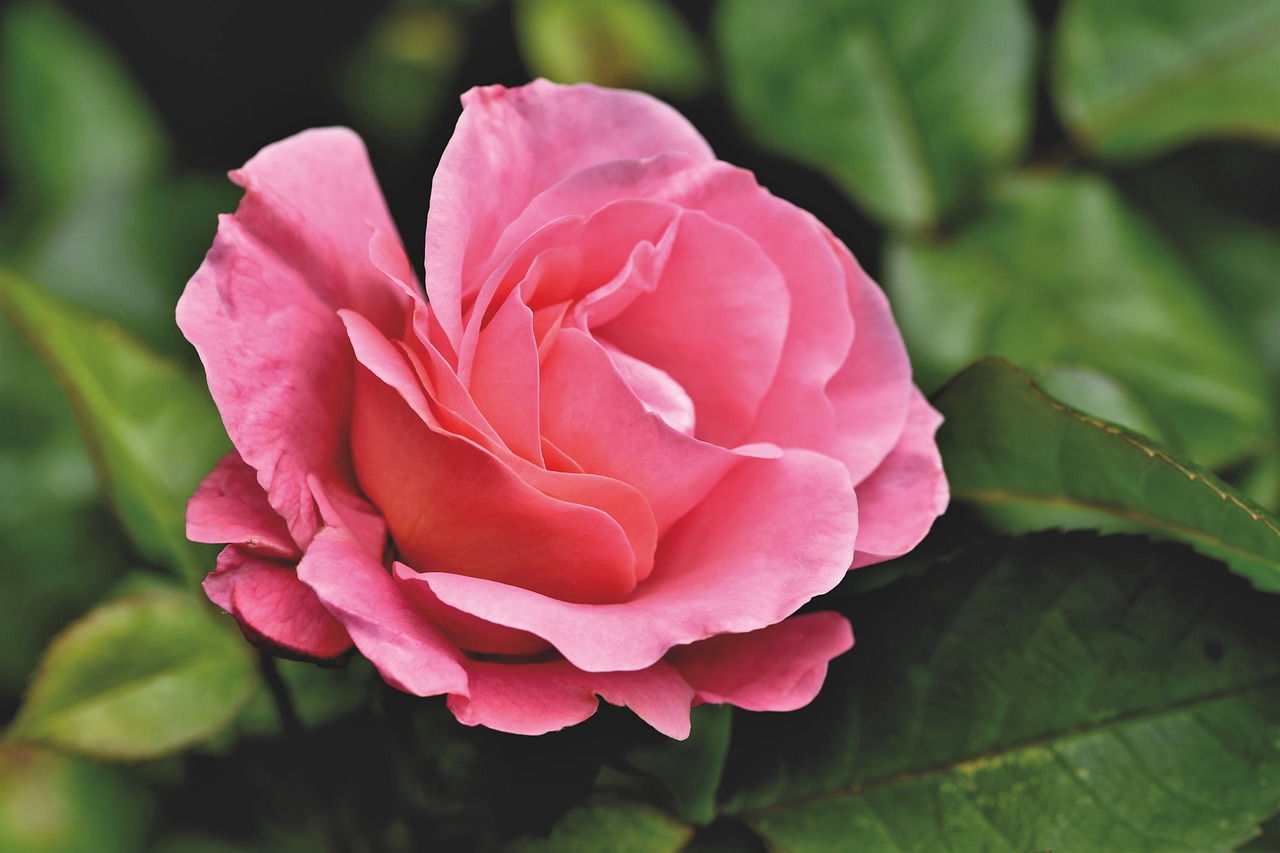
Roses have been loved for centuries for their beauty and fragrance. With a wide variety of colors and types, they have been symbolically significant across the world.
In this article, I’ll dive deep into the rose, from basic information to cultural background and gardening tips. Roses are also famous for adorning special occasions like weddings and Valentine’s Day. Enjoy discovering the allure of roses.
Basic Information
- Scientific Name: Rosa
- Family: Rosaceae
- Origin: Temperate regions of the Northern Hemisphere, with Asia being the primary origin.
- Appearance: Roses come in a wide variety of colors, shapes, and sizes. Common colors include red, white, pink, and yellow, but modern breeding has also produced blue and purple hues. Their fragrance is another hallmark, with many varieties possessing sweet and vibrant scents.
- Blooming Season: Generally from spring to early summer, though some varieties are repeat-blooming and can flower again in autumn.
Cultural Significance
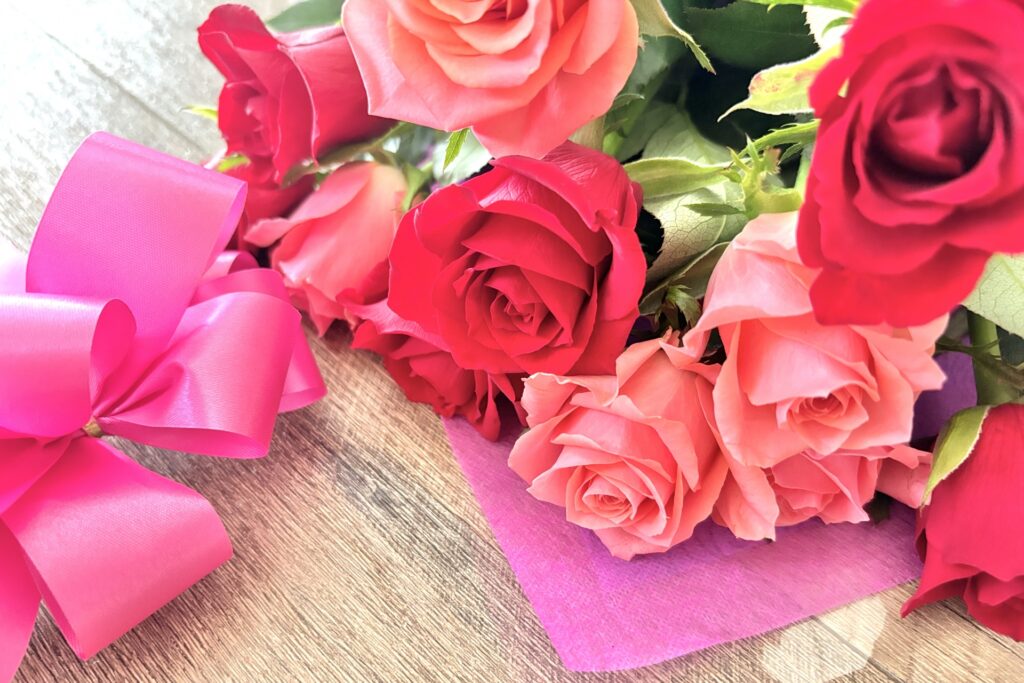
Roses hold strong symbolic meaning in many cultures, particularly as symbols of love. They are widely used on occasions such as Valentine’s Day and weddings. For example, red roses represent “love and passion,” while white roses symbolize “purity” and “new beginnings.” In Europe, roses have historically been featured in noble gardens and religious rituals, playing a key role in the decor of royalty and churches.
In various regions, roses are also used in sacred ceremonies and traditional events. For instance, at Turkey’s Rose Festival, roses are celebrated as religious and cultural symbols. In Iran, rose water is used in daily life as well as in religious ceremonies.
Historical Anecdotes
Roses are tied to many fascinating historical stories. In ancient Egypt, it is said that Cleopatra loved the scent of roses and scattered rose petals throughout luxurious banquet halls.
Additionally, the historical event known as the “Wars of the Roses” was named after roses. This 15th-century English civil war involved the House of Lancaster, symbolized by a red rose, and the House of York, represented by a white rose.
Roses also appear in many literary works and paintings. In Shakespeare’s “Romeo and Juliet,” the rose plays a pivotal role as a symbol of love.
Gardening Advice
Cultivation Guide
With the right environment and care, roses will bloom beautifully. They require a sunny spot, with 6-8 hours of direct sunlight daily. Good air circulation is also important to prevent pests and diseases caused by excess humidity.
When watering, focus on the roots, as getting water on the leaves or flowers can lead to disease. During the summer, aim to water 1-2 times a week, being careful to avoid over-drying.
Environment and Conditions
Roses generally prefer slightly acidic soil. If the soil is not ideal, it can be improved by adding compost or leaf mold. Regular fertilizing, especially in early spring, is recommended.
Fertilizers high in phosphorus will encourage better blooms. After the flowers have bloomed, pruning is essential to prepare for new growth. Pruning the branches just above the new buds will encourage the roses to bloom again.
Conclusion
Roses have long been cherished for their beauty and deep symbolic meanings. With a rich cultural history and fascinating stories surrounding them, they are a beloved flower worldwide.
With just a little care, you can enjoy these beautiful flowers in your own home. We hope this article inspires you to incorporate roses into your garden or special occasions.

